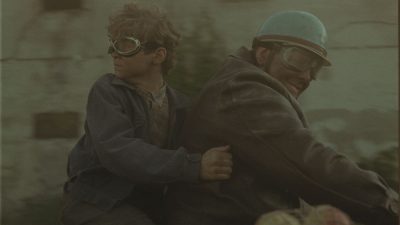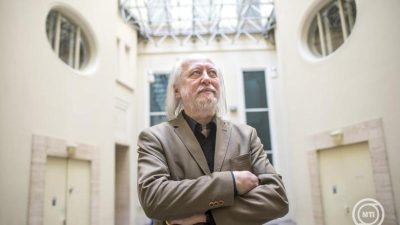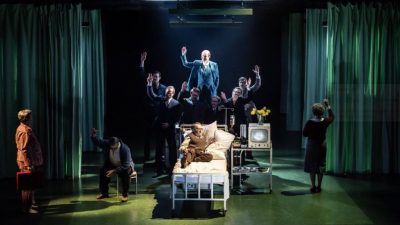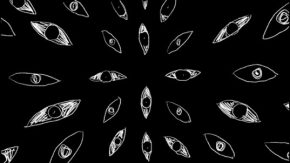The Power of Music – an essay by Nóra Fehér
Ancient Greek philosophers played soothing flute tunes for manic patients; while depressed individuals were treated with the soothing sound of the dulcimer (a folk instrument similar to the citera).
The overture to Boléro by Ravel, one of the most influential figures in opera, can be as much a tool for music therapy as the piano performance of György Vukán, an immortal Hungarian jazz legend, or a folksong, or even the music of Liszt, Bach, Mozart. In essence, it’s not the style that counts, but the love and open attitude towards the music. This method has a potential, people who love music are the ones who have a genuine chance. Depending on the attitude towards a certain musical style and performance technique, music can influence our emotions and atmosphere in a positive or negative direction. Music can have a healing effect if it brings a sense of release and pleasure, or it can have an evocative, cathartic impact.
Music therapy began to emerge as a scientifically based healing method in the 20th century, but the first publication on the subject appeared much earlier, ancient Egyptian papyrus medical texts mention song-like incantations to cure patients. Centuries later, in America in 1789 the Columbian Magazine wrote: the anonymous author emphasised the powerful effect of music on the soul and therefore considered it an effective therapeutic tool.
Plato (427-347 BC) wrote of the special effect of music:
“It grips, glorifies and ennobles the soul.”
The genius of the German composer Ludwig van Beethoven (1770-1827), who wrote symphonies and piano works, went further:
‘…the only immaterial entrance to a world higher than knowledge’.
Professor Zoltán Janka reminds the audience of a study by a group of researchers in Szeged, who were working on the mapping of emotional life through music, and who were investigating the effects of composers’ works on certain types of disorder. The study involved listening to musical excerpts of different character with eighty people from different backgrounds – medical students, music students, neurological patients without psychopathology, and people with various mental disorders. The musical excerpts presented included, for example, the relaxed and soothing J. S. Bach: Violin-Obato Concerto in D minor, Adagio movement, and the dynamic and aggressive R. Wagner: Ride of the Valkyries, an opera piece. – The psychometric results showed that in the manic group, Wagner’s music with a dynamic and forceful character gave a positive experience on the so-called mood and value judgement axis, while in the depressed group, the slow, sadly soothing Bach musical piece was found to be more relaxing, the professor elaborates, adding: 8’there is a wealth of data on the role of the brain in music, but there does not seem to be a single musical centre, but rather multiple cerebral and cerebellar areas involved in music processing. For example, the brain areas of interest are the superior temporal regions, as well as the frontal and parietal lobes, parts of the limbic system and the cerebellum.
Listening to music during surgery has a tradition of more than 100 years. The first written record dates back to 1914, when the Pennsylvania surgeon Evan O’Neill Kane (1861-1932) brought his favourite gramophone into the operating theatre to soothe his patient during anaesthesia and surgery. Summarising the many research findings of the period, researchers at Queen Mary University of London found that patients who listened to music during surgery were less stressed after surgery and needed fewer painkillers.
Music can influence heart and respiratory rhythms, affect autonomic function, create peripheral circulation changes, alter muscle tone, induce changes in sensations of heaviness and heat, induce extrasensory and relaxed states, and lower pain thresholds by having a profound effect on various brain functions. Music therapy can also be part of neurological rehabilitation after stroke. In addition to daily listening to music after a cerebral vascular accident, active music playing can also be effective. It has been observed that six months after a stroke, nearly 12 per cent of patients have some form of speech disorder or aphasia. – Speech and singing have a considerable overlap in brain areas, so it is not surprising that in motor aphasia, singing practice and melody-based intonation therapy have a major role to play in the treatment of speech disorders and aphasia symptoms. Even in some cases of autism, music can improve communication disorders, providing a special insight into the world.
“My ego only needs a good rhythm section.”
(Miles Davis)

























Comments